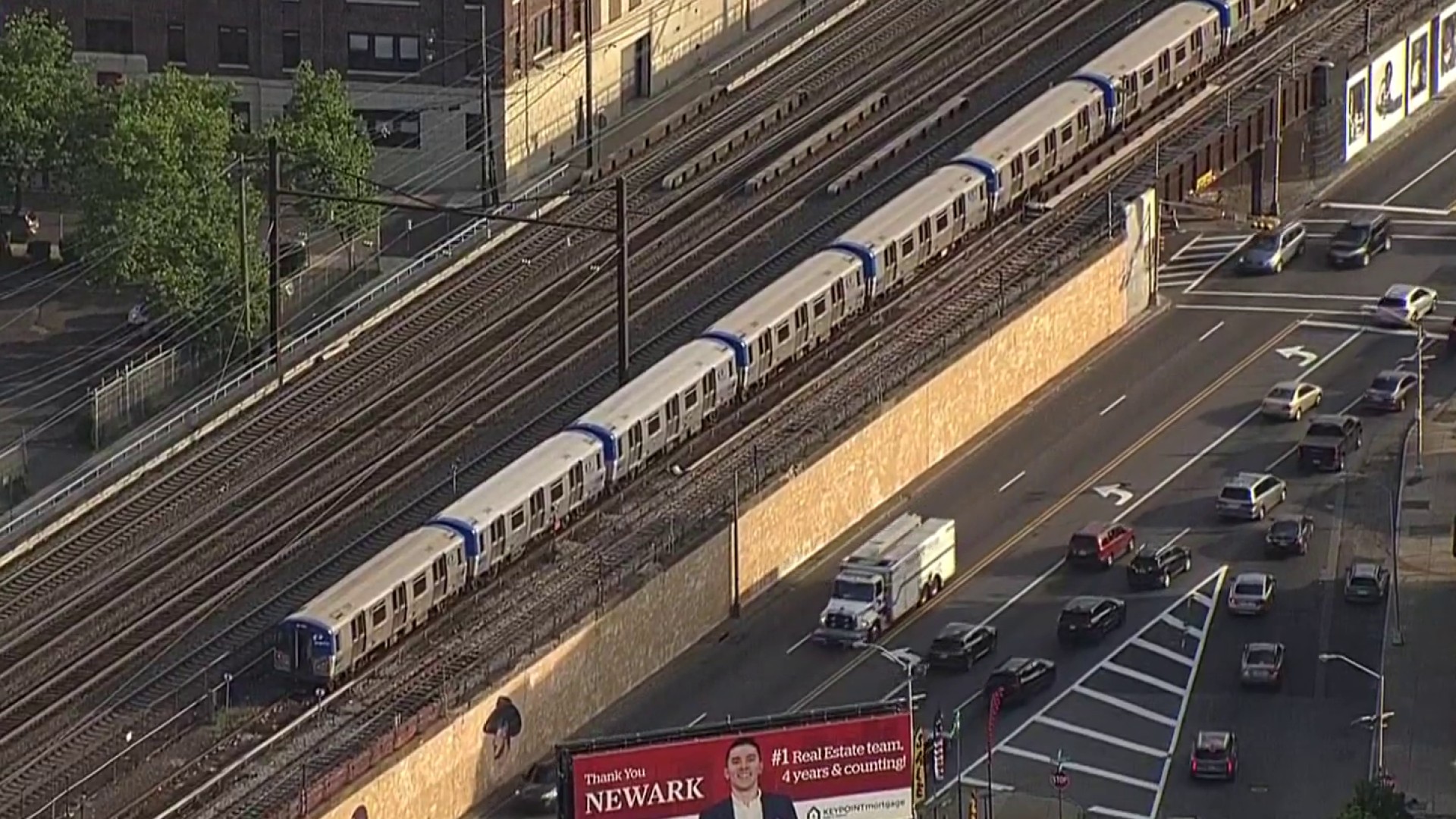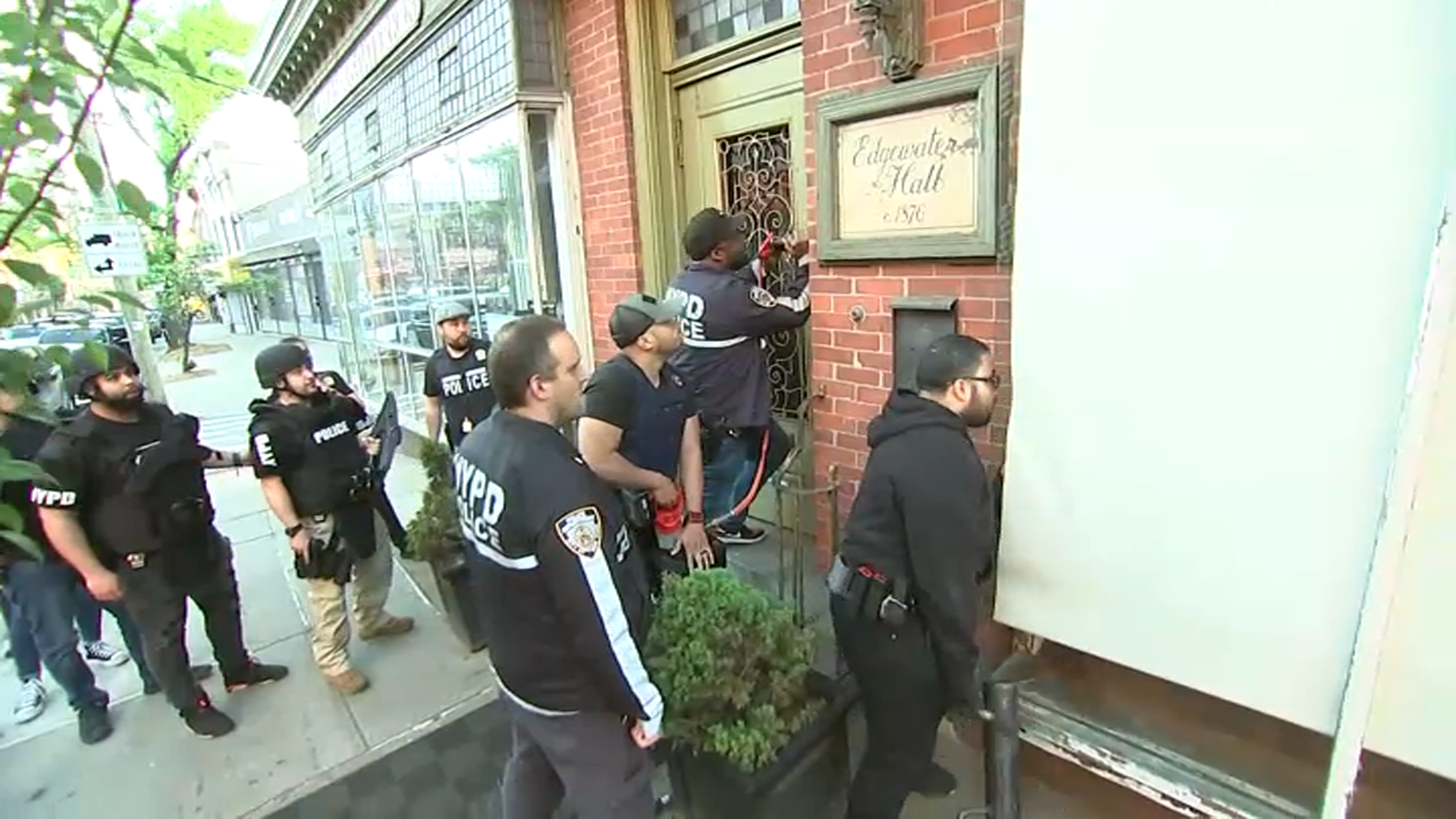New York City will test a brand new pilot program this summer designed to reduce package thefts and the number of delivery trucks moving throughout the city, the head of the Department of Transportation announced Friday.
The LockerNYC pilot program, which will run for a year, will allow New Yorkers to conveniently receive and send packages using secure lockers on public sidewalks. The pilot will include 15 locations and offer customers free 24/7 access. The program will be available to anyone interested, and unlike other delivery lockers, the LockerNYC program will be available on multiple delivery carriers, including UPS, DHL, and Pitney-Bowes.
“New Yorkers deserve convenient delivery without rampant theft or harmful pollution. With the LockerNYC pilot program, our administration is providing a creative solution that addresses all three,” said New York City Mayor Eric Adams. “Shared lockers are a proven model that will serve our economy, our health, and our quality of life, and this is just the beginning.”
The number of home deliveries has increased in New York City in recent years, with 80% of households receiving at least one delivery per week and 20% receiving four or more. The LockerNYC pilot program is designed to alleviate the problems associated with this increase in deliveries, including increased truck traffic and the chronic challenge of package theft.
Every day, 90,000 packages are reported stolen or lost in transit in New York City, and many apartment buildings lack secure package delivery areas, according to stats provided by the mayor's office. The lockers will centralize drop-off points and allow carriers to make fewer truck trips. This is expected to reduce the amount of time delivery vehicles are on our roads, thereby lowering safety risks and reducing harmful vehicle emissions.
To ensure security, all locker locations will be equipped with two security cameras, LED lighting, and anti-theft mechanisms in the locker compartments. The lockers will be operated and maintained by GoLocker, the provider selected by the city for this initiative, which will oversee customer service and overall technology management.
Get Tri-state area news and weather forecasts to your inbox. Sign up for NBC New York newsletters.
“As the number of home deliveries has increased in recent years, so has the number of large delivery trucks on our city streets,” said DOT Commissioner Ydanis Rodriguez. "The LockerNYC initiative will help reduce the number of trips delivery trucks make each day while providing a safe place for New Yorkers to receive packages."
News
Locations will be selected for the program based on land use, concentration of buildings lacking mail/package rooms, and New York Police Department package theft data, among other criteria. Sites will be chosen to provide adequate circulation space, avoid conflicts with street furniture, ensure smooth pedestrian flow, and avoid obstructing windows, fire escapes, or public art, among other considerations.
The pilot will be in operation for one year, with the potential to extend the pilot after evaluation, allowing DOT to test and evaluate the technology and delivery model. NYC DOT welcomes additional program partners to foster a culture of best practices for safety and efficiency. In addition, you will collect anonymous data on locker usage to assess the overall success of the pilot program and the potential for expansion.
Shared locker programs have proven successful in other cities, producing significant reductions in delivery vehicle travel distances, dwell time, missed deliveries, emissions, and congestion. A Seattle delivery locker pilot found that carrier lockers can reduce the amount of time delivery trucks spend curbside by up to 33% and reduce delivery times by up to 78%.
The year-long pilot is part of the DOT's efforts to reinvent freight delivery in New York City, restructure freight distribution, and create a sustainable last-mile delivery system to get products where they need to go.



